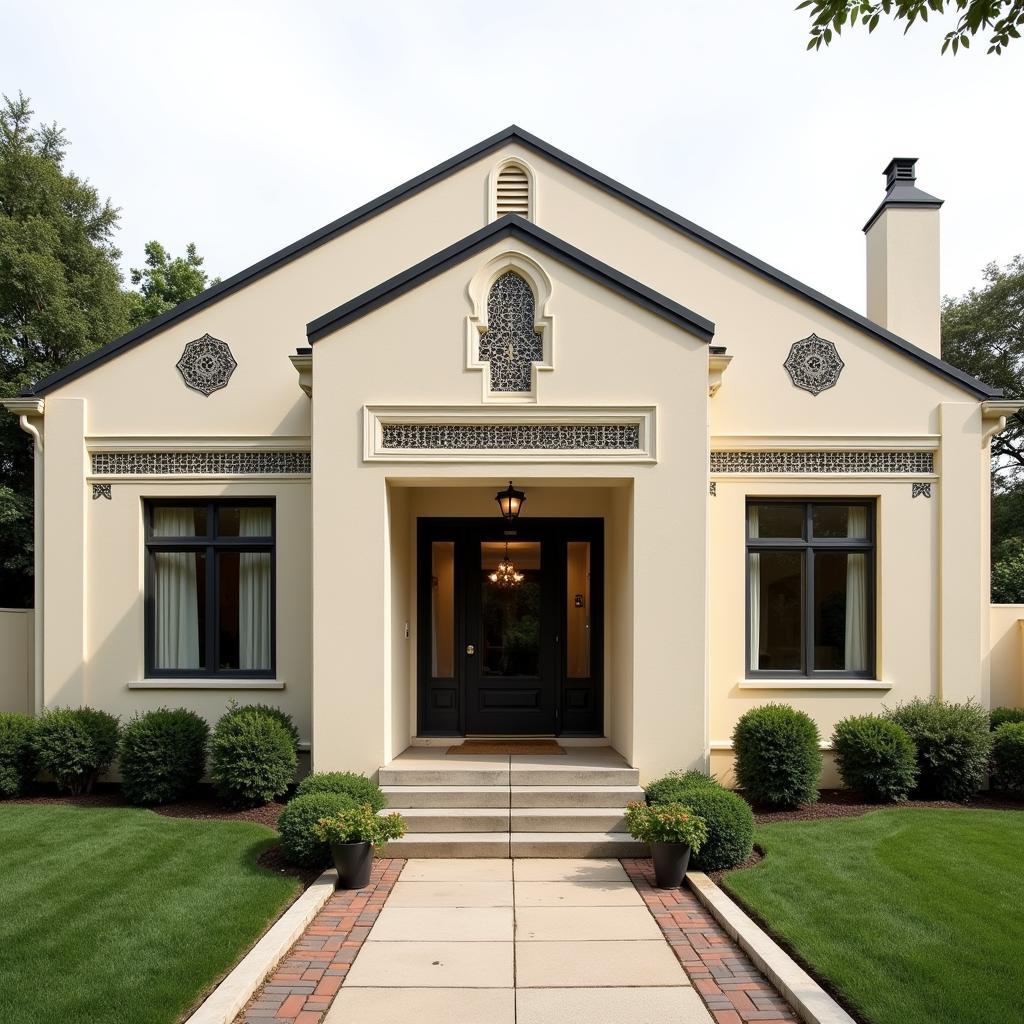Transforming Ordinary Mirrors with Extraordinary Art
Art On A Mirror offers a captivating blend of functionality and aesthetics, transforming everyday reflections into mesmerizing displays. Whether you’re a seasoned artist or a curious beginner, exploring the world of mirror art opens up a realm of creative possibilities. mirrors art allows you to personalize your space with unique, reflective pieces that add depth and intrigue to any room.
Exploring the Allure of Art on a Mirror
Mirror art has a long and rich history, dating back centuries. From the ornate, gilded mirrors of the Renaissance to the contemporary painted mirror art we see today, it has constantly evolved. The reflective surface adds a unique dimension to the artwork, creating an interplay of light and shadow that captivates the viewer. Whether it’s a delicate floral design, a bold abstract piece, or a personalized portrait, art on a mirror truly elevates the ordinary. What makes mirror art so appealing is its ability to seamlessly blend form and function. Not only does it serve its practical purpose, but it also acts as a stunning focal point, adding a touch of artistry to any space.
Different Techniques for Creating Mirror Art
Various techniques can be employed to create stunning art on a mirror. From traditional methods like etching and engraving to more modern approaches using specialized paints and markers, the possibilities are endless. Each technique offers a unique look and feel, allowing artists to express their creativity in diverse ways. Let’s delve into some of the most popular methods:
- Painting: Specialized glass paints allow for vibrant and detailed designs, offering immense creative freedom.
- Etching: This technique uses acidic substances to create intricate patterns and designs on the mirror’s surface.
- Engraving: Using specialized tools, artists can carve designs directly onto the mirror, creating a textured and permanent artwork.
- Reverse Glass Painting: This traditional method involves painting on the back of the glass, creating a layered and dimensional effect.
painted mirror art demonstrates the versatility and beauty achievable with specialized glass paints.
Choosing the Right Materials for Your Mirror Art Project
Selecting the right materials is crucial for a successful mirror art project. The type of mirror, the paints or etching materials, and even the brushes can significantly impact the final result. High-quality materials ensure the longevity and vibrancy of your artwork. For instance, using paints specifically designed for glass ensures that your art adheres properly and resists fading or chipping.
What kind of paint is used on mirrors?
Specifically formulated glass paints are best suited for creating art on mirrors. These paints adhere well to the smooth surface and are designed to be durable and lightfast.
How do you prepare a mirror for painting?
Proper preparation is key to achieving a flawless finish. Thoroughly cleaning the mirror surface with a glass cleaner removes any dust or grease that could interfere with paint adhesion. Applying a primer specifically designed for glass further enhances adhesion and ensures a smooth and even application of paint.
Adding a Touch of Pop Art to Your Mirror
pop art mirror can introduce a vibrant and playful element to your decor. Bright colors, bold lines, and iconic imagery characterize this style, making it a perfect choice for a statement piece.
Bassett Mirror Company Wall Art: A Legacy of Quality
bassett mirror company wall art is known for its high-quality mirrors and decorative wall art. Their pieces often feature intricate designs and craftsmanship, adding a touch of elegance and sophistication to any space.
“The reflective nature of a mirror enhances the vibrancy and depth of the artwork, creating a truly captivating visual experience,” says renowned art conservator, Amelia Dubois. “It’s like adding another layer of magic to the piece.”
Maintaining and Preserving Your Mirror Art
Preserving your mirror art ensures its beauty endures for years to come. Regular dusting with a soft cloth prevents the buildup of dust and grime. Avoid using harsh chemicals or abrasive cleaners, as these can damage the artwork. For deeper cleaning, a gentle solution of water and mild dish soap can be used. “Proper care and maintenance are essential to preserving the integrity and beauty of mirror art,” advises art historian, Dr. James Hawthorne. “Treating these pieces with care ensures that they remain a cherished part of your collection for generations to come.”
art on mirror transforms everyday objects into captivating works of art. By understanding the techniques, materials, and care involved, you can embark on your own creative journey and create stunning, reflective masterpieces.
FAQ
- Can I use any type of paint on a mirror?
- What is the best way to clean a painted mirror?
- How can I create a frosted effect on a mirror?
- Where can I find inspiration for mirror art designs?
- Is it possible to remove paint from a mirror?
- What are some safety precautions to consider when working with etching materials?
- How can I protect my mirror art from scratches?
More Questions? We’re Here to Help!
Need more assistance? Explore our other helpful articles on our website for more tips and tricks on creating and caring for your mirror art.
Contact us:
Phone: 02462573573
Email: [email protected]
Address: Savico Megamall, 7-9 Đ. Nguyễn Văn Linh, Gia Thụy, Long Biên, Hà Nội 10000, Việt Nam. We have a 24/7 customer service team.




